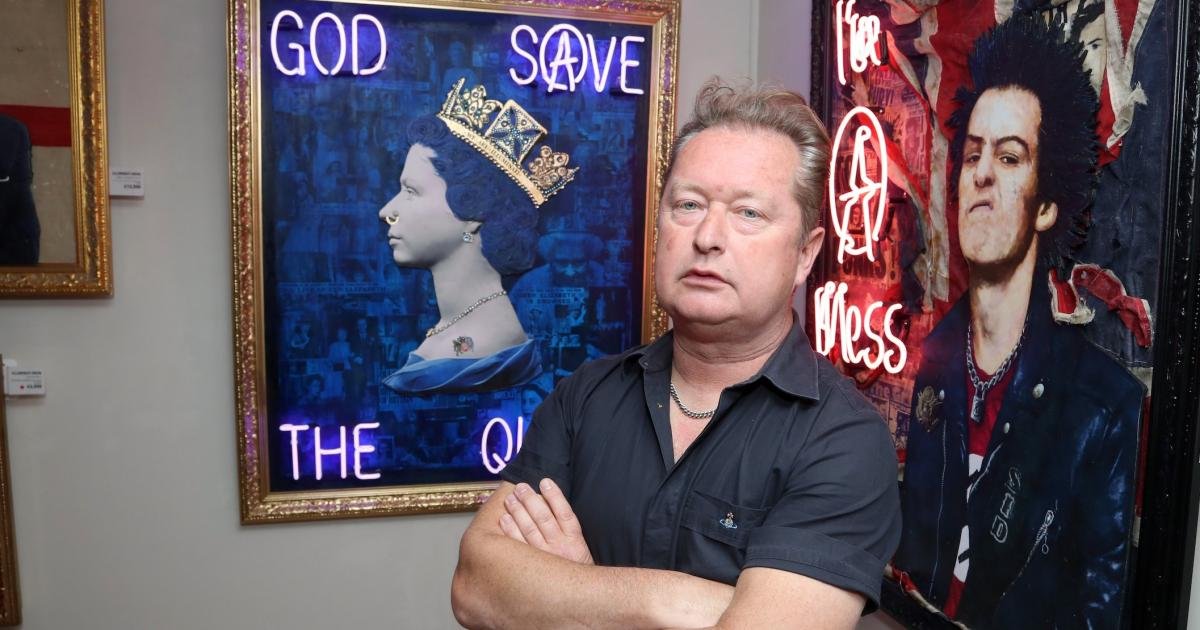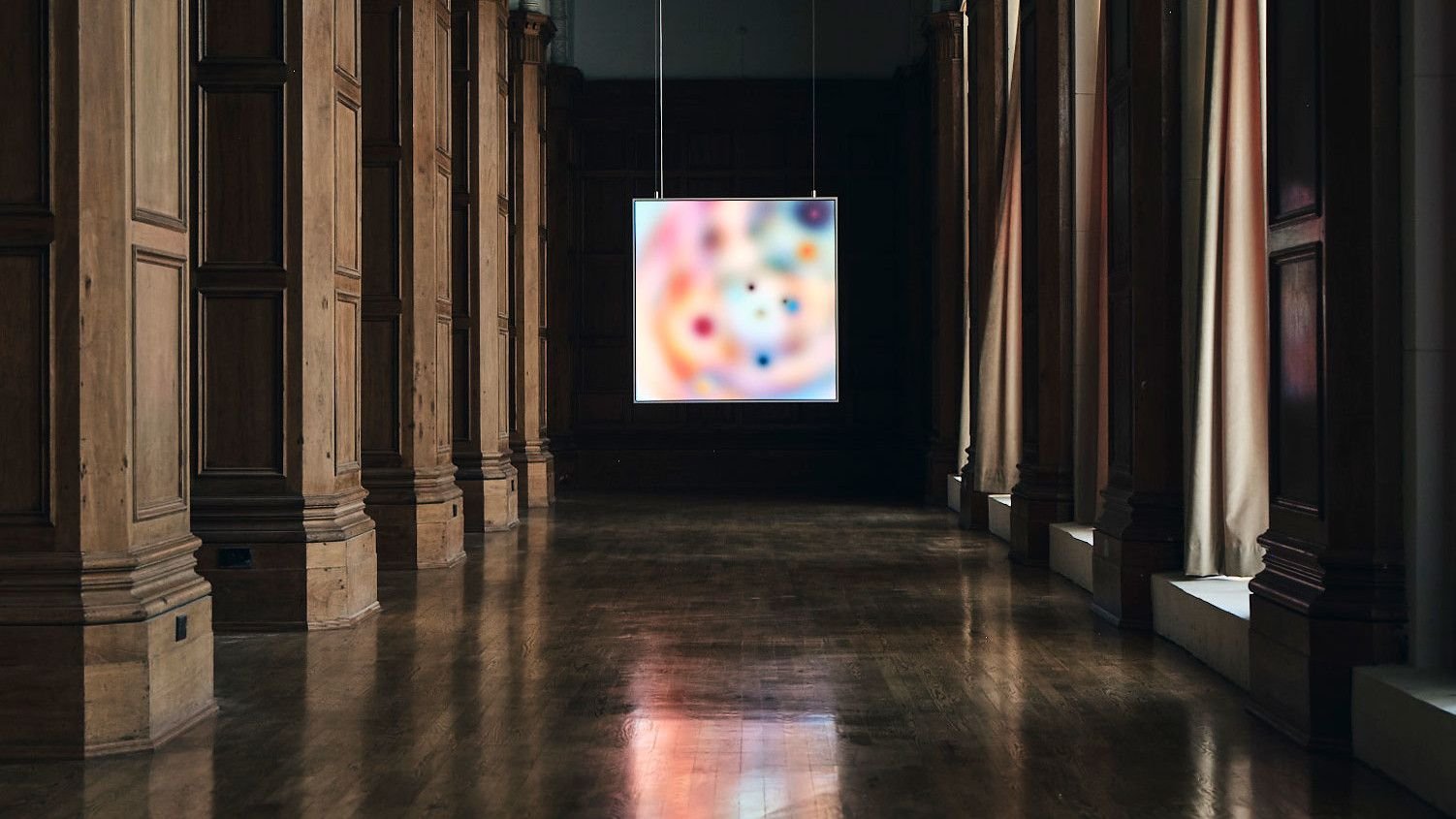The history of art in space stretches back further than the last few years however. Two of the most famous aerospace missions, Voyager 1 and 2, identical spacecraft designed to reach the outer edges of our galaxy, carry with them two golden records full of art. After their launch in 1977, they continue to careen ever further into the unknown. With every second they become the farthest human-made objects from Earth ever. In December 2018, Voyager 2 left our Solar System, nearly 18 billion km (11 billion miles) from Earth, following Voyager 1, which left our Solar System in 2012. Truly one-of-a-kind, the Voyager project epitomises the striving spirit of humanity reaching outward with a message of beauty and human creativity. Each golden disk contains a message to a potential extra-terrestrial civilisation that might discover the spacecraft: images, music, and greetings in many languages from around the world.
Carl Sagan, charged with the impossible task of curating the content of the golden record to represent all human civilisation, called the disk “Earth’s greatest hits; a gift across the cosmic ocean from one island of civilisation to another”. In the four decades following, there has been no greater undertaking of art in space. Our exploration of the cosmos, whether artistic or brutal, is ultimately an exploration of our soul and the interconnectedness of the universe.
Facebook page or message us on Twitter.
And if you liked this story, sign up for the weekly bbc.com features newsletter, called “If You Only Read 6 Things This Week”. A handpicked selection of stories from BBC Future, Culture, Capital and Travel, delivered to your inbox every Friday







